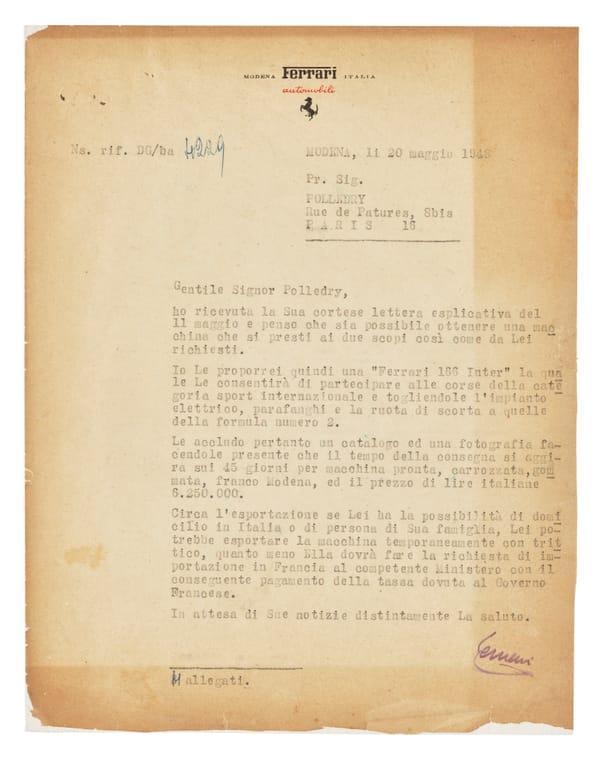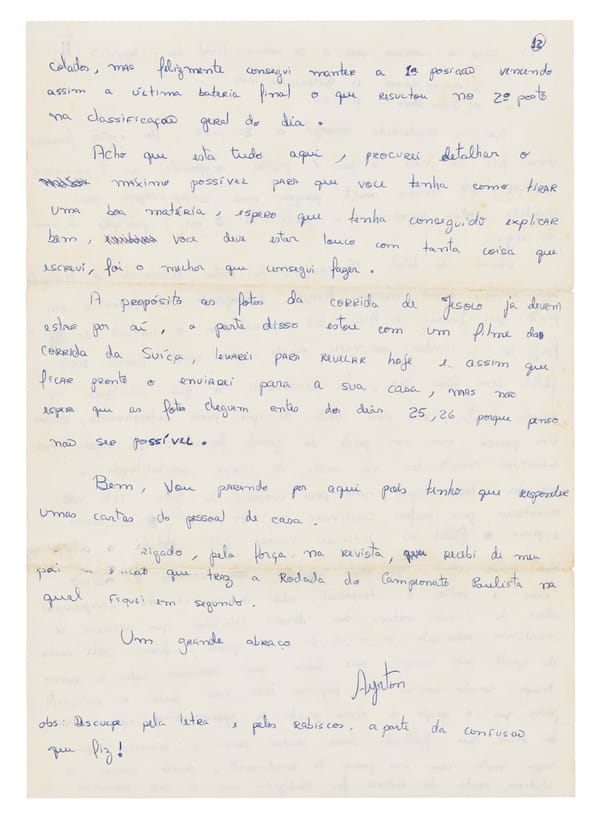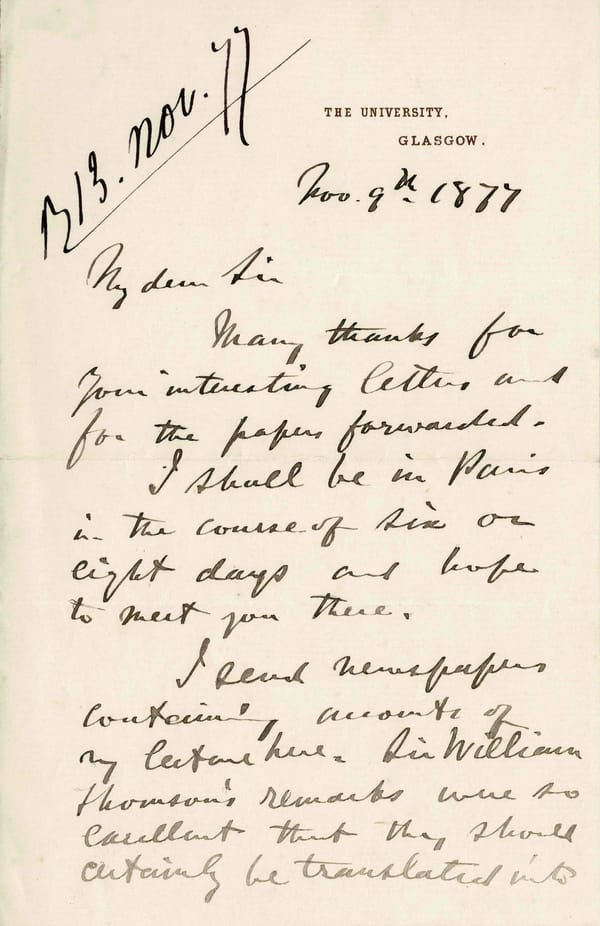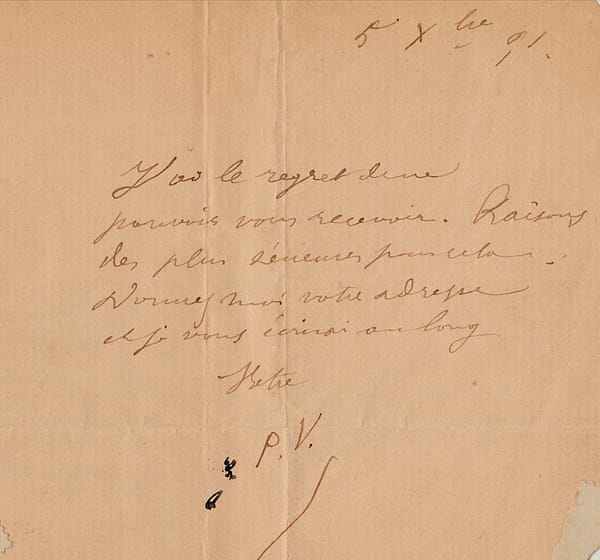Two iconic scenes of Forrest Gump
This 1993 storyboard by James Hegedus captures two iconic Forrest Gump scenes, his mother’s parting wisdom and the famous “box of chocolates” moment. In them lies the film’s soul: life’s unpredictability met with grace, sincerity, and a mother’s lasting voice guiding Forrest’s journey.





